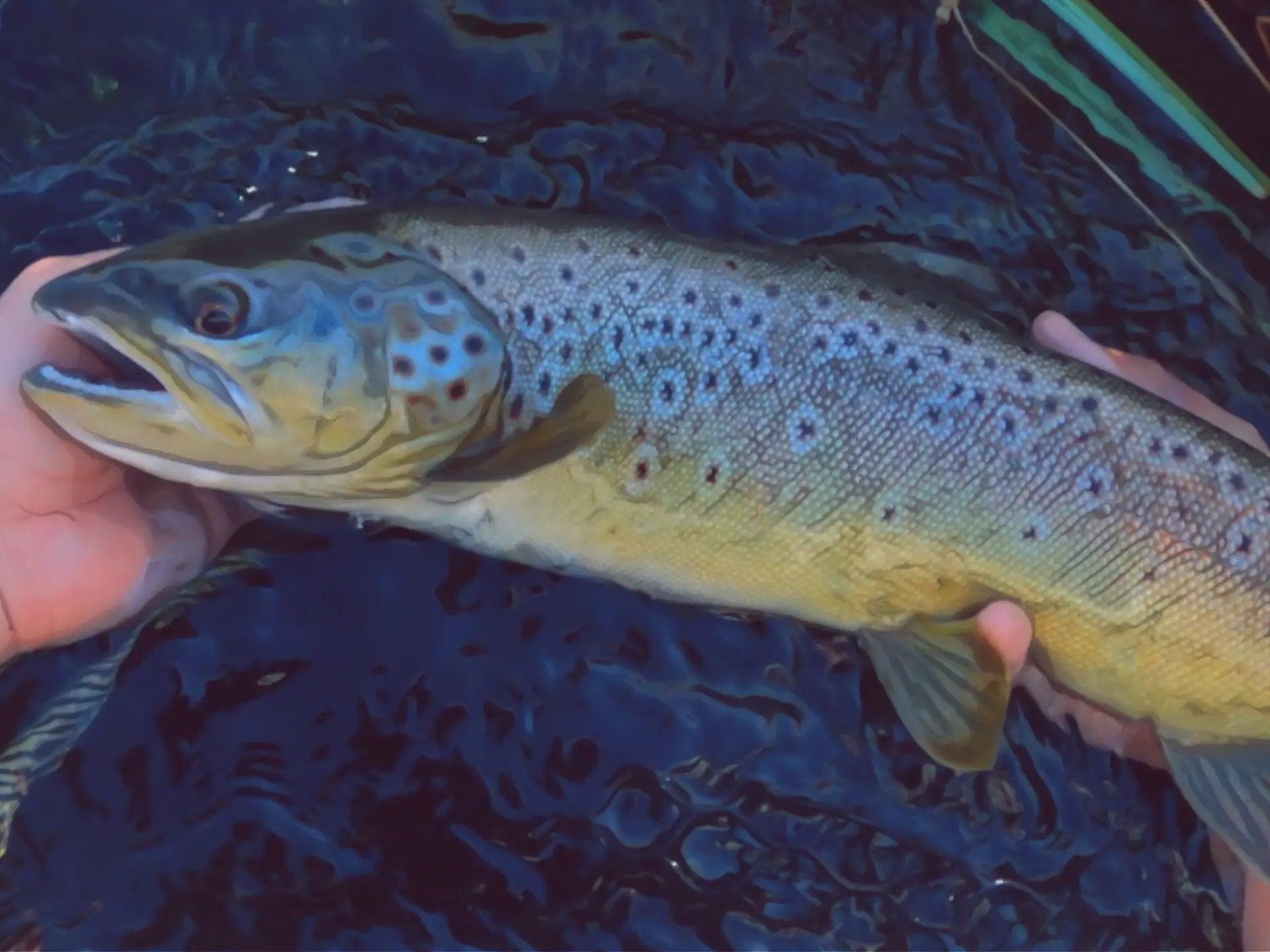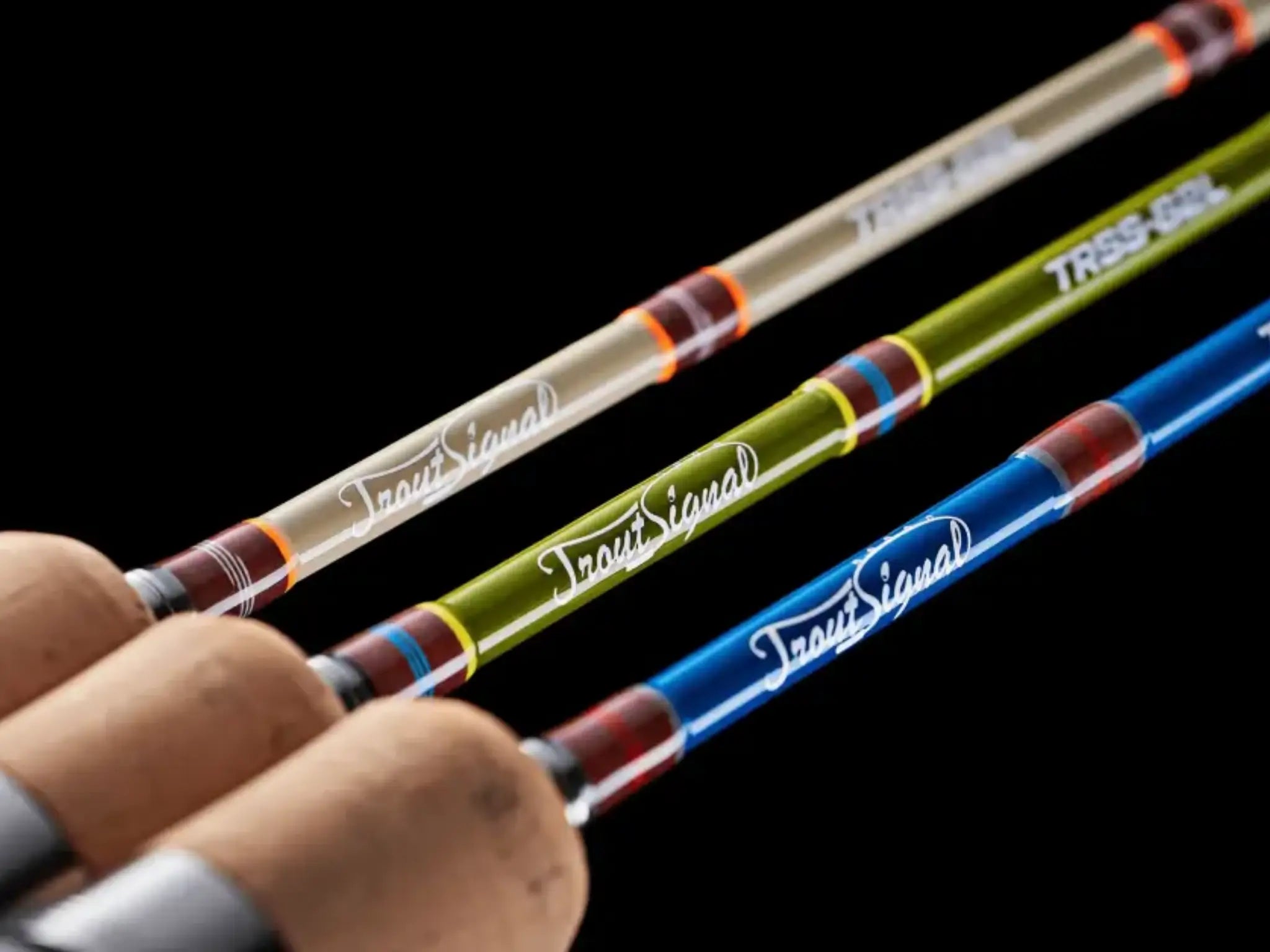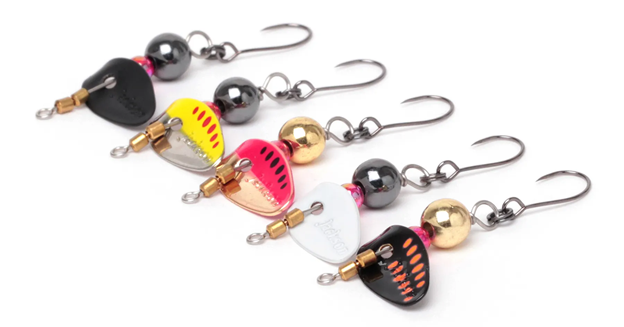
Why the BFS for Trout So Effective?
History of BFS:
BFS (Baitfinesse System) was developed in Japan by Mr. Sawamura, a well-known professional bass angler. This new method's popularity escalated with the introduction of the Shimano Aldebalan BFS in 2012 in Japan.

BFS for Bass:
In the Japanese field, the micro-sized finesse method proved effective due to the high angling pressure and field size.
While it took years for the US to find its advantage, reason being field size are much larger and often priority is finding fish location, short distance approach require time compare to long distance cast etc.
Trout BFS began:
As a extention of the use, Japanese anglers target trout in creeks started adopting BFS and quickly found the effectiveness especially with the introduction of the new dramatically improved Aldebalan in 2016.
The new trend has begun and many bass brands started developing Trout BFS lures and rods.
The trout BFS trend in Japan only lasted about 5 years due to limited field. Trout keep their jaw locked after they see human in their field, you need to be the first caster of the day in creeks to get bit.
Despite variations, many Japanese BFS anglers still catch high-quality trout like Riki Oikawa.
Trout BFS in The US:
Most of the wild trout in the US have been targetted by Fly anglers for decades. And conventional methods remain same as 50 years ago with the spoon, spinner, mini jig and Countdown Rapala.
It is evident that the majority of wild trout in the US have not encountered Trout BFS minnows... yet.

Effectiveness for Trout:
Wild trout are the visual feeders, sprinters in conflict fast currents in shallow water, and love to play. They are cautious but also curious. Wild fish become cautious after reaching 18 inches in general, but 8" to 12" fish are playful and visually appealing. You may get a bite on every cast for an hour with the right minnow size and color in high season.
BFS Casting Effectiveness:
The precision casting of Trout BFS offers a significant advantage. Trout tend to seek shelter in structures and remain concealed under overhanging trees, particularly high-grade intelligent fish. The diverse casting techniques employed in Trout BFS make it a sport closely related to bass fishing.
Learning Trout BFS casting is the initial challenge before detecting wild fish in the flowing water.

Adaptability and Versatility
Another reason why the BFS for trout is so effective is its adaptability to various fishing conditions. Whether you are fishing in a small stream, a clear mountain lake, or a slow-moving river, the BFS approach can be tailored to suit different environments. Anglers can adjust their gear and presentation to match the specific characteristics of the water body they are fishing in.
Overall, the BFS technique offers anglers a unique and effective way to target trout in challenging fishing situations. By mastering the finesse and precision required for this approach, anglers can increase their chances of success and land more trout on their lines.
Ready to Experience the Trout BFS?:
When considering Trout BFS, take into account Jackson's recommendation. The Trout Signal series rod is specifically crafted for easy castability. The C48UL model is perfect for flip, backhand snap, and roll cast, enhancing the learning process and increasing enjoyment.
Minnow - Trout Tune SS and FS are so effective at inducing bites, Meterora 45 and 52 provide insight into minnow behavior based on your rod cadence in the water.
Reel - Shimano Calcutta Conquest BFS and Aldebalan BFS are exceptional, and Curado BFS casts are equally as good.
Line - Varivas PE and Nylon leader is our preferred choice.
With summer approaching, Wet Wading season is about to commence. Equip yourself with dependable Wading boots to ensure safety.
Trout BFS is poised to be the upcoming trend in the freshwater sector. Embrace it to stay ahead and avoid falling behind laggards :D


